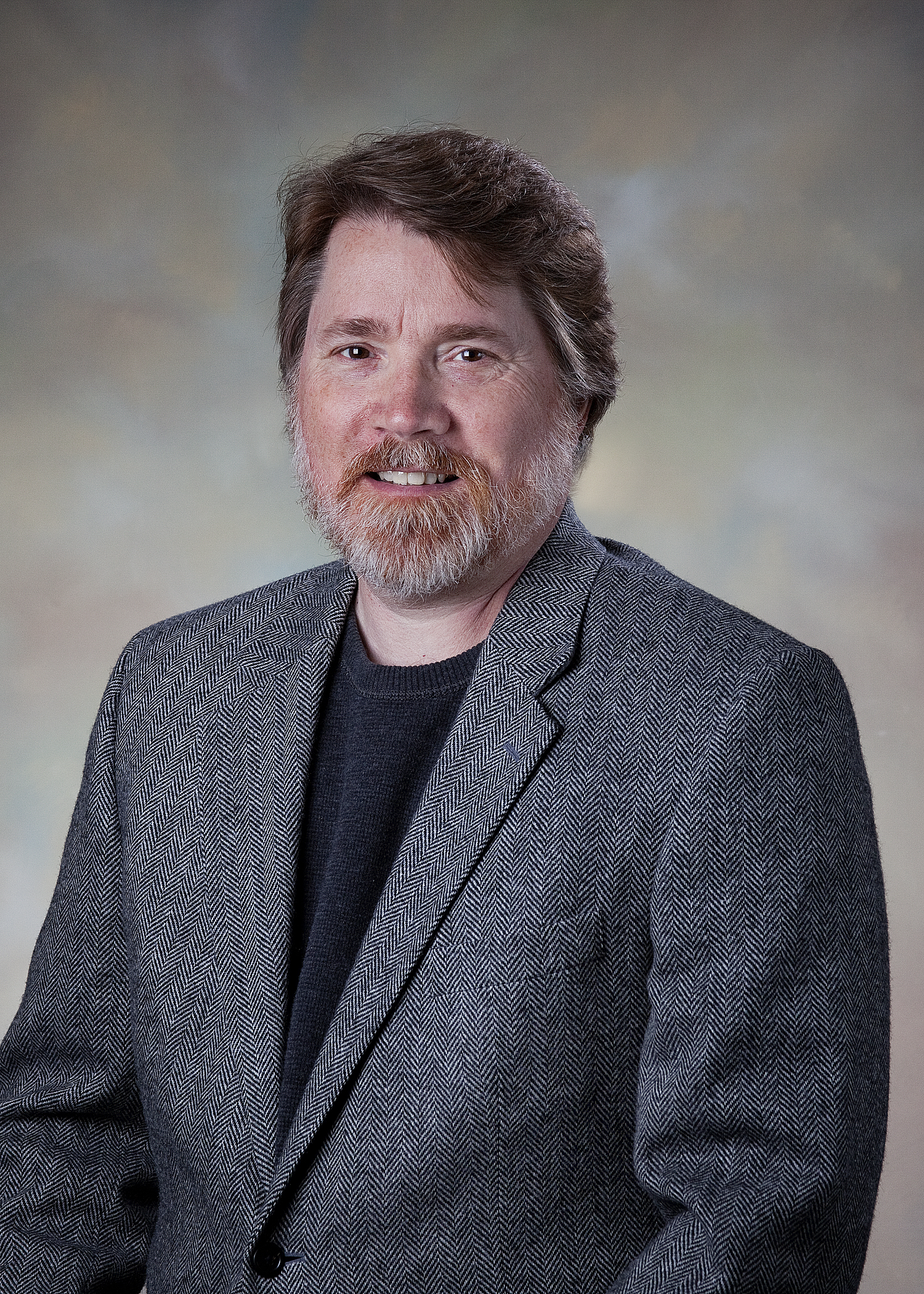ALBUQUERQUE, N.M. — The 2014 Institute of Electrical and Electronics Engineers (IEEE) Plasma Science and Applications Award has been won by Sandia National Laboratories researcher Mike Desjarlais.
His work was cited for “pioneering contributions to the understanding of electrical and thermal transport properties, and [for] equations of state for materials at extreme conditions through the use of first-principles density functional calculations, and [for] generating numerous state-of-the-art wide-range conductivity models for use in a broad spectrum of simulation codes.”

Desjarlais’ pioneering research using density-functional theory modelling to calculate electrical conductivity and the equation of state of warm dense matter has internationally has had an impact on research into dynamic materials, pulsed power, z-pinch physics, laser-matter interactions and planetary sciences.
Density-functional theory uses quantum mechanical modelling to investigate the electronic structure of many-body systems — the general name for a huge category of physical problems involving large numbers of interacting particles.
Desjarlais will receive a plaque and present a plenary talk when his award is formally announced at the 41st IEEE International Conference on Plasma Science May 25-29 in Washington, D.C.
Desjarlais, a Sandia researcher since 1986, is credited initially with creating an ion-diode model that greatly improved scientific understanding of high-powered ion-diode physics. In 1996, when the Sandia inertial confinement fusion program switched from light ion beams to z-pinches, his modeling work improved understanding of electrical conductivity in magnetohydrodynamic simulations and had immediate impact on the simulation of wire-array z-pinches and magnetically driven flyer plates. Then, as experiments on Sandia’s Z machine became more sophisticated, Desjarlais was first to use density-functional theory as the framework for the next generation of electrical conductivity calculations. His initial simulations showed a 70 percent higher conductivity for expanded liquid aluminum components than indicated by the model then in use. Next, his wide-range modeling for the behavior of aluminum permitted new simulations of the aluminum-based flyer plates on Z. These were an immediate success. They revealed the right amount of surviving solid aluminum on impact, and opened a new era in the use of simulations to design dynamic materials experiments on the Z machine. Models for stainless steel, tungsten, beryllium and many other materials were soon to follow.
Building on this work, Desjarlais leveraged his density-functional theory experience to calculate the shock Hugoniot of deuterium and achieved very good agreement with both gas-gun data and Z data. Subsequently, these techniques have been used to study the equations of state of a growing number of materials, including the shock melting of beryllium and diamond for the National Ignition Campaign, the quest to successfully produce more fusion energy than the beamlines deposit on the target.
Desjarlais, who grew up in South Hadley, Mass., received his undergraduate degree in electrical engineering from the University of Massachusetts in Amherst and his doctorate from Cornell University. He is a Fellow of the American Physical Society.